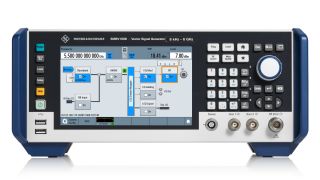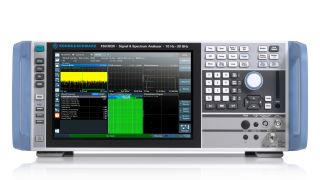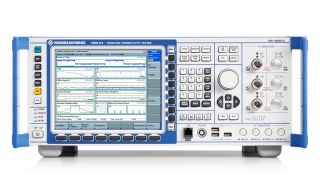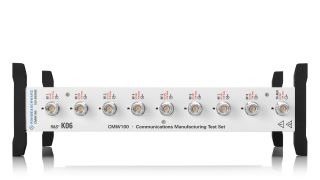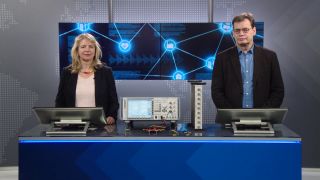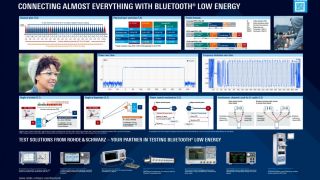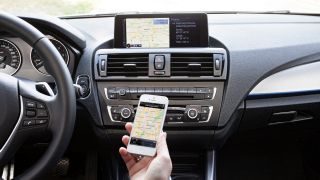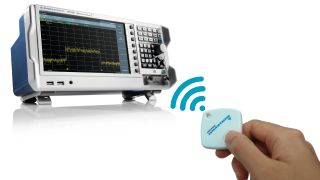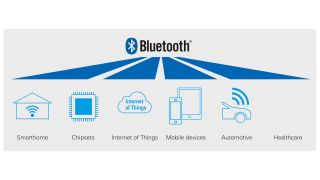Bluetooth® Low Energy testing
Bluetooth® LE - the future of Bluetooth® technology
Bluetooth® Low Energy (LE) technology, introduced in Bluetooth® 4.0, revolutionized the landscape by providing an ultra-low-power solution tailored for peripherals and wearables. Bluetooth® LE is ideal for applications that require spontaneous small data communications - for example, smartwatches, sport trackers or medical devices. The first version of Bluetooth® LE had a maximum data rate of 1 Mbits/s, which was significantly lower than the 3 Mbits/s offered by Bluetooth® Classic. However, it also consumed only half the power, and it introduced fast pairing through dedicated advertising channels.
With Bluetooth® 5.0, the application range of Bluetooth® LE was further expanded into the IoT space. New features, such as a higher rate of 2 Mbits/s, long-range coding and enhanced advertising capabilities, were added. This version increased the number of devices per ad hoc network. In conjunction with the Bluetooth® Mesh specification, this paved the way for new opportunities in home automation and industrial applications.
Subsequent versions continued to enhance Bluetooth® technology. Bluetooth® 5.1 improved direction-finding capabilities with features such as angle of arrival (AoA) and angle of departure (AoD), and Bluetooth® 5.2 introduced native audio support and smart power control. All of this shows that Bluetooth® LE is the long-term future of Bluetooth® technology.










